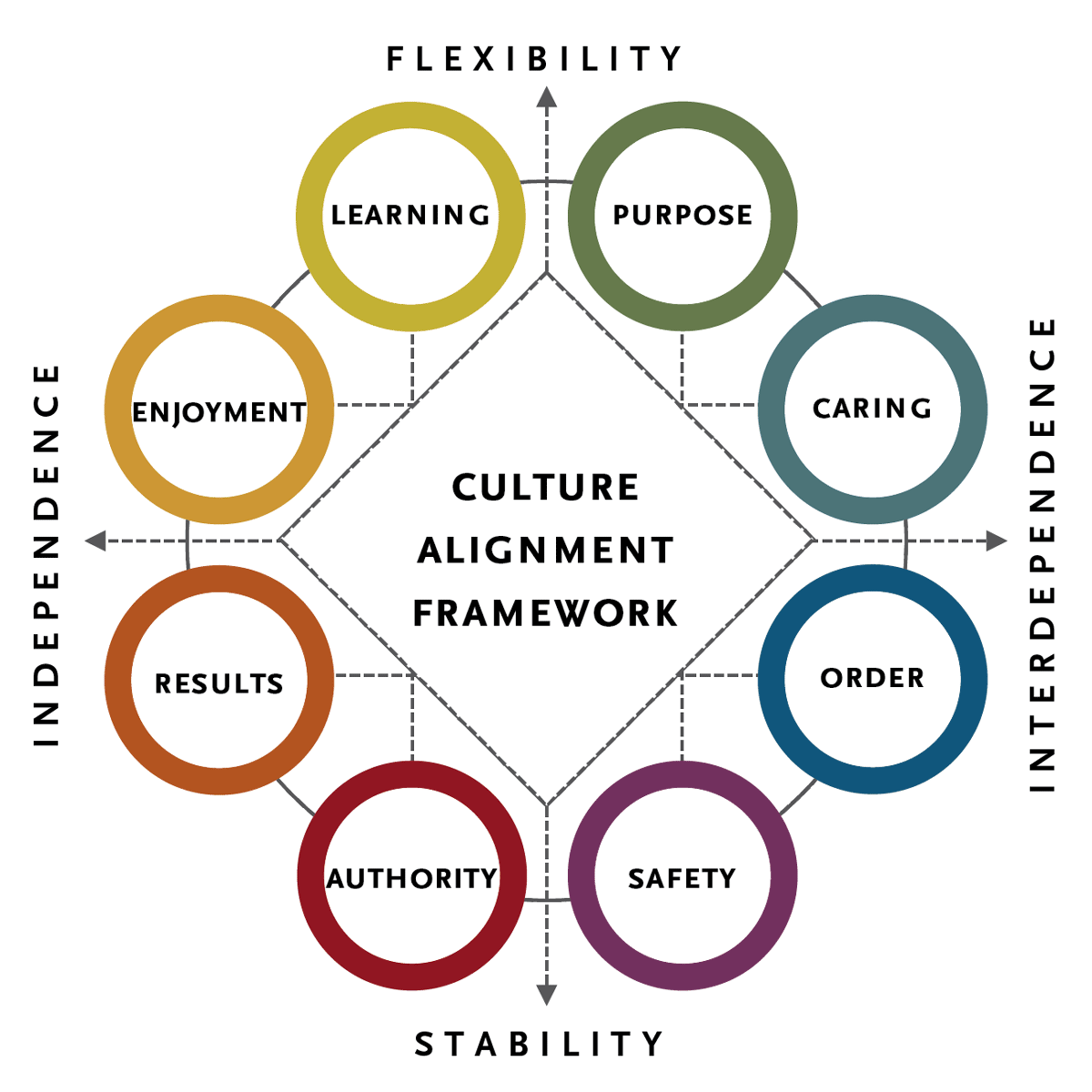Companies spend more than $2 trillion on acquisitions every year. Yet study after study puts the failure rate of mergers and acquisitions somewhere between 70% and 90%. (The Big Idea: The New M&A Playbook.) While on paper, deals may look promising, however, the most critical mistakes come during the execution phase of the merger where people often take a laser focus on the internal. How do we sort through multiple payroll systems and integrate our HRIS? Which sales compensation model will we use and how will we ensure that our operations can integrate as quickly as possible?
The area often overlooked by all these processes is the understanding of how the culture integrates with both organizations. Research has shown that culture is often a deciding factor in the significant success of a merger or its ultimate failure. KPMG group has noted that oftentimes the issue lies in an inadequate focus on value creation, as opposed to just getting the deal done. This causes a gaping inability to keep key personnel and get the two corporate cultures to work in unison.
In a study by Mckinsey & Company (Perspectives of Merger Integration,) 70% of employees thought workplace culture was focused on “too little” during integration, while 92% noted they benefited from greater cultural understanding prior to the merger
Culture integration is known as one of the most difficult parts of the merer process, however, HR trusted advisors alleviate the burden with these best practices:
Define the Culture
A company’s culture is made up of the values, beliefs, and behaviors that are shared among all people within your organization. Oftentimes, culture is something that is difficult to pin down and, as a result, leaders may steer away from clearly defining their culture.
However, it’s very important to define the culture you are trying to build. Leaders should be aligned and clear, so they can clearly articulate the new organization’s aspirations for the future and then execute accordingly.
Create the compelling business case and purpose for the new company and then redefine its vision and mission. A business and values assessment are necessary to envision the future and have a core ideology.
It’s important to put in place the measures and incentives that will fuel the behaviors that will then drive your culture.
Leverage Transparency & Honest Communications to Keep People Engaged
Integrations are extremely complex. Find a way to communicate it as simply as possible.
Things change consistently during mergers & acquisitions, and leaders often just don’t have answers to everyone’s questions. Finding ways to engage people throughout the process to keep them informed and to solicit their input helps to create transparency. If a company fails to communicate effectively during the merger/acquisition, they risk the employee’s loyalty & trust, employee retention, company culture, and long-term success. Effective communication is critical during M&A for four primary reasons:
1. Frequent communications reduce uncertainty and maintains a trusted relationship with employees.
2. Proactive communication can ease concerns about job security and reduce the turnover risk during the merger.
3. Intentional and consistent messaging can cultivate a unified company culture.
4. Open communications can facilitate post-deal success and long-term profitability.
Researchers have found that frequent and open communication are central to post-deal integration and value creation. Don’t forget to communicate early as well as more often after the deal is signed.
Ensure Leaders Are Prepared to Coach Their Teams
Leaders are the catalyst that helps everyone else be successful. Helping leaders understand themselves and each other helps them support their people and teams on an ongoing basis so they can feel valued, accepted, fulfilled, and connected to what we’re doing during the merger.
Integration ownership should be at the highest level. While it’s smart to include all the key players, the president and/or CEO should drive the process and lead the group. This, however, is not to assume the C-Suite should do everything during an integration. This assumption doesn’t scale well when there are so many complexities to navigate. Relying on leaders at all levels to support their teams throughout an integration is a way for them to take an active role and not be forgotten in the process. Finding ways to adequately prepare your leaders to coach their teams through the transformation will pay off in multiple dividends. Management and team leaders who are responsible for the integration of new businesses into the existing enterprise should be given the responsibility over a few key areas of the merger:
• Establishing the M&A goals and measures of success.
• Pinpointing the M&A “must haves” and unchangeable variables for incorporation into the merger plans.
• Identify their roles and responsibilities in the merger integration process.
• Acquiring and applying best practices for effective M&A integrations.
• Learning the psychological, cultural and human dynamics associated with effective mergers.
Company culture is often one of the most sensitive topics around mergers and acquisitions. The issue remains that even companies with similar workplace cultures are at risk to an outstanding number of people issues during the integration of their merger & acquisition. Why? The answer lies in its definition: integrating is to combine values that are not easily joined. Defining the culture, creating consistent and honest communications, and ensuring the leadership teams are prepared to coach during the transition are the core drivers of ensuring the culture alignment goes as smoothly as possible. For the actual execution, it is highly recommended you utilize a trusted advisor to assist you during the organizational design & culture alignment phase of a merger/acquisition.
